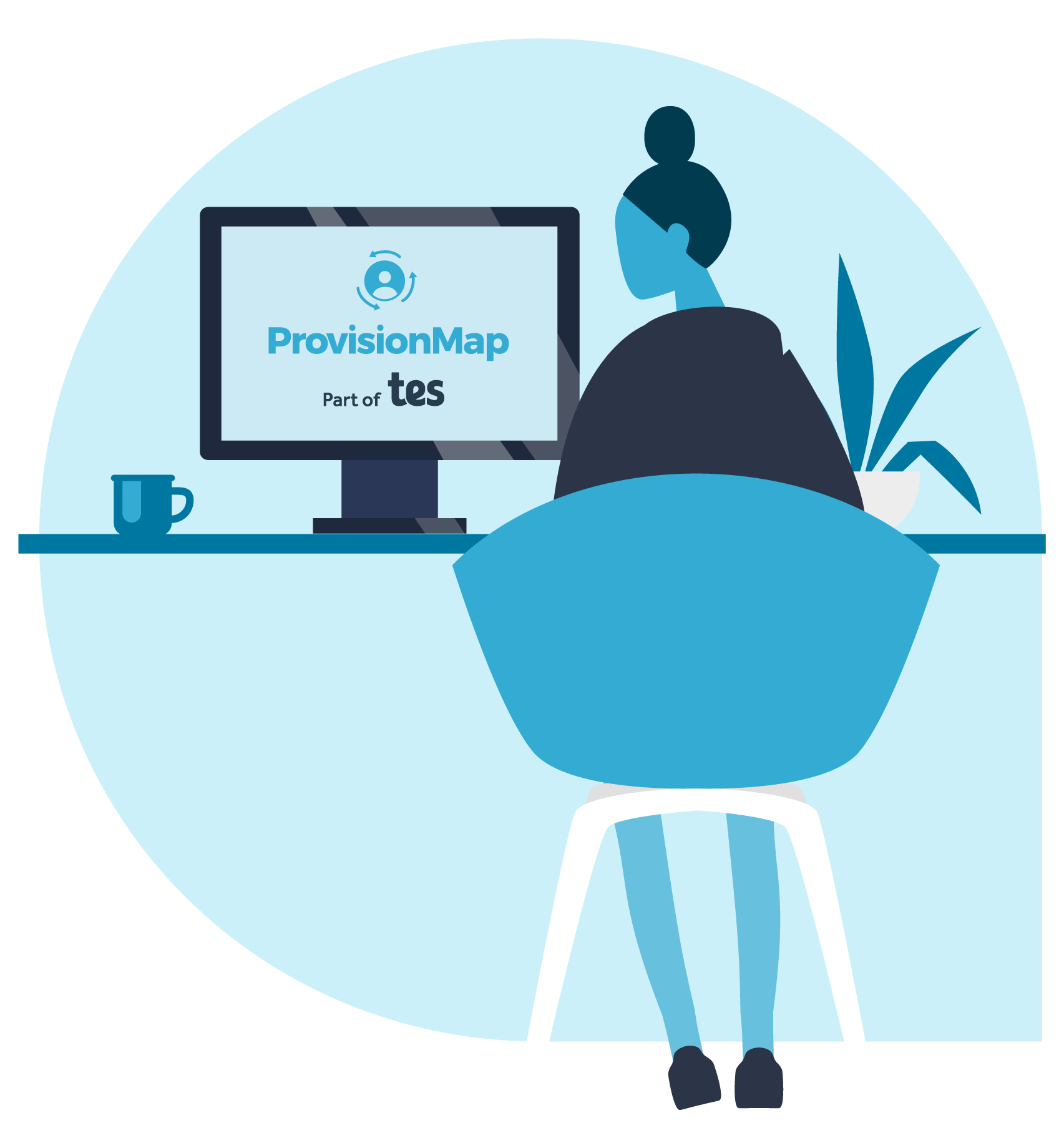The SENCO Year using Tes – Provision Map
The fifth half term:

So, we trundle into the Summer term and whilst those who have the delights of Y11 are normally counting down to the exams and ‘gain time’ on their timetables, SENCOs are as busy as ever.
In secondary, my role consisted of last-minute exam arrangements (there is always at least one), and lots of mental health and wellbeing chats with the outgoing year group, dealing with the frustrations of Y9 (or Y8) who hadn’t got the option choices they wanted, and trying to squish in transitional visits for the incoming year group.
To be fair, primary wasn’t much different, with the hype/panic of SATs for Y6 and then end of year trips which I apparently needed to attend because there was a least one child on the SEN register also going, and of course trying to do my new admissions into the lower end of the school and coordinate with the secondary school with information about those leaving us.

I have to admit the year my local primary school bought Provision Map was an absolute miracle! As soon as the students had their secondary school offers, we received a spreadsheet which was uploaded to our MIS (SIMS). Once we had clicked to say approved to the pre-admissions cohort, I could request the information from the primary school via the transitions module! This meant that my visits and information gathering could be generated into plans, passports and provisions before the students even visited us for transition days. I couldn’t do the job alone and our head of year 7 along with one of my TAs would also make visits to gather information. Being able to enter that data into Provision map meant it was all in one place rather than gathered on word documents, scribbled on Puka Pads or in individual staff folders.
(PS: The transition module is FREE!)
The other part of my Summer term was generally spent collating all of my provisions information and deciding where to go next. Did I really want to run the same things next year, or did I need to look for something new?
Outside of Edukey’s Facebook group, I also run a SENCO support group and we had an interesting conversation recently about evidence-based interventions.
“I have a really successful intervention running for our social skills group…but I’ve just done some research on the EEF and it says it has no evidence of impact.”
The post went on to ask for different interventions to the one they were using until…
“You have evidence that your intervention works…why would you change it?”
I think there has been a little misunderstanding about what evidence-based means. It does not mean it has to be rubber stamped by a university professor, an SEN expert or a body such as the EEF…It does mean that you need to evidence that what you put in place is having impact for your cohort in your context. That’s not dismissing the information from those bodies, they are a great starting point when you’re not sure what to try next or if what you have in place isn’t working…but if we only deliver what is presented there, then you (and they) will never discover anything new. Think about the blanket approach to phonics which we have increasing evidence does not work for all – yet years ago with the Rose report we were told that this evidence-based information told us it was the best way!
I’m a great fan of Lexia – it had a massive positive impact with my students. I could show that positive impact with the difference between their starting level and ending level, and using an online spelling assessment I could demonstrate that their spelling age had increased too –
…but…
I didn’t see a transference of skills into the classroom. Their written spellings were just as weak as previously and a written spelling test did not show as great an improvement.
Well, there are multiple reasons, but motor memory for typing spellings was one of them. Having not practised those spelling in handwriting they didn’t transfer the skill.
I have evidence-based information on the impact. Would I continue to use Lexia? – Yes! Did I need to modify the program? – Absolutely, I needed to include sessions that reinforced the handwritten element as well – or I needed to provide them with laptop in lessons to produce all of their work on. (The was a few years before covid and funding was an issue, so we went with handwritten reinforcement!)
Join the SENCO Webinar with our in-house SENCO Abigail Hawkins to look at the transition module in more detail.
23rd April or 30th April, 2 pm.
BOOK HERE
(Yes – our webinars are recorded and generally available on the website about a week after the final session.)
